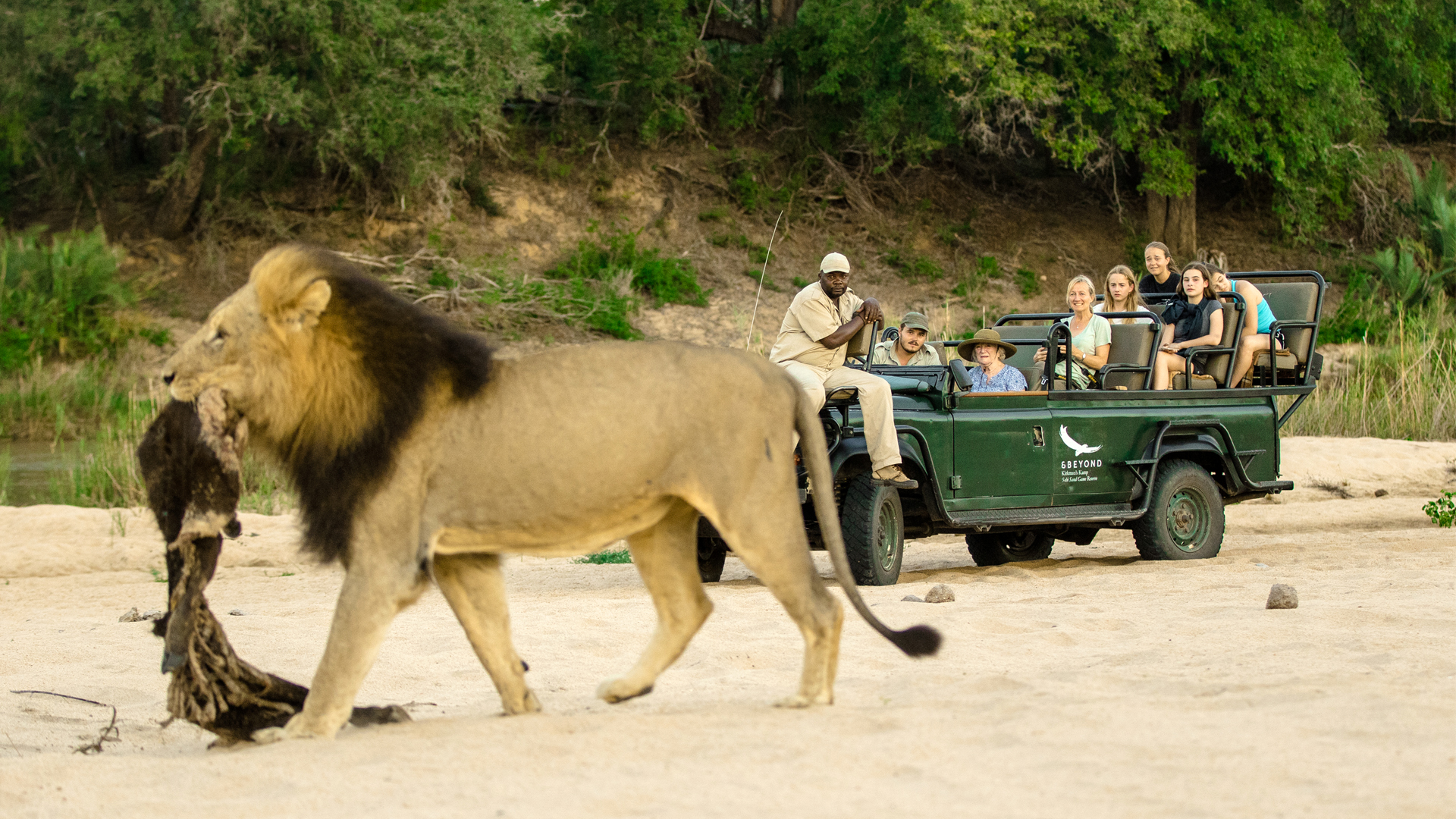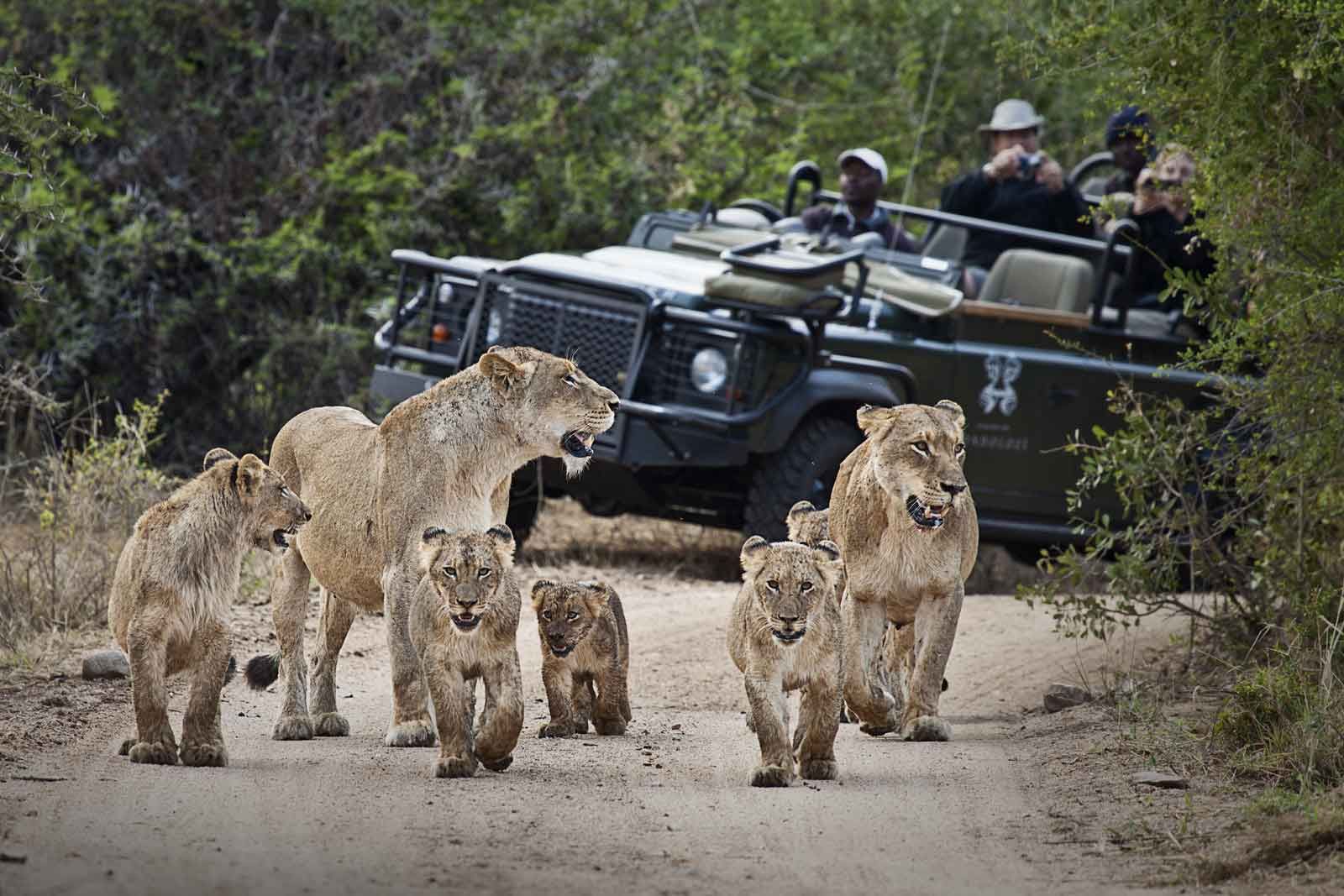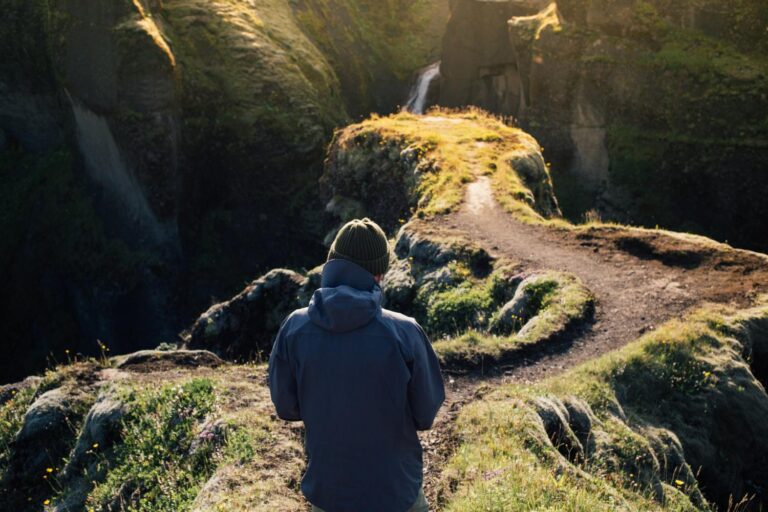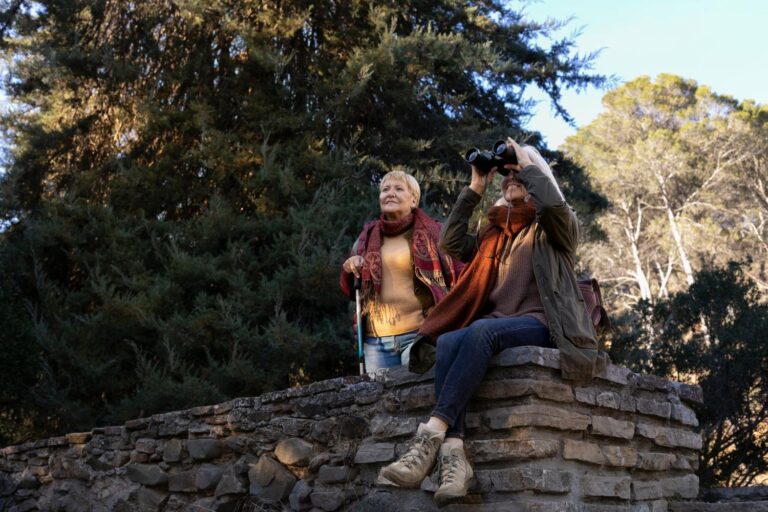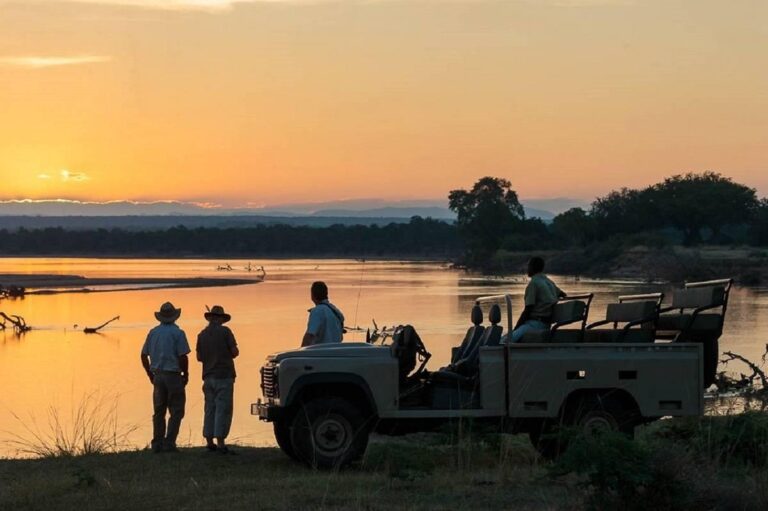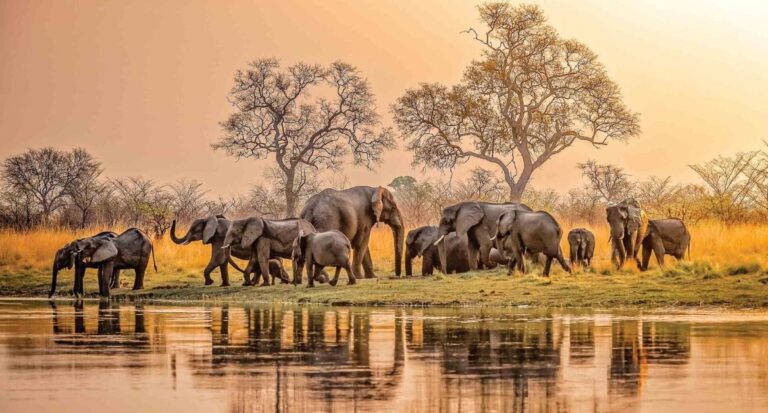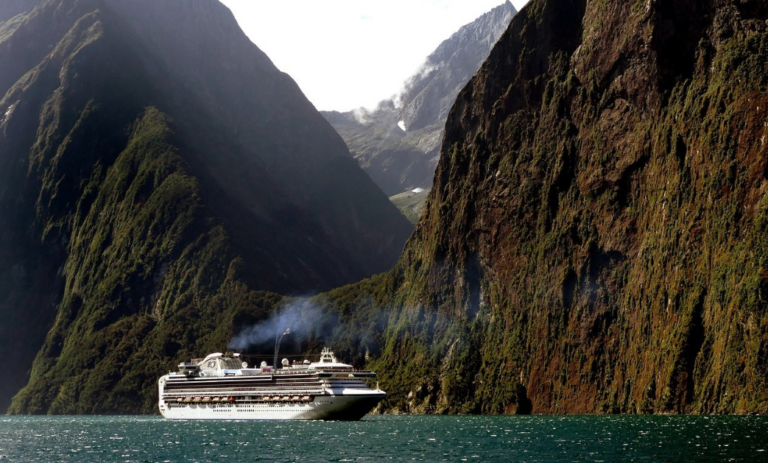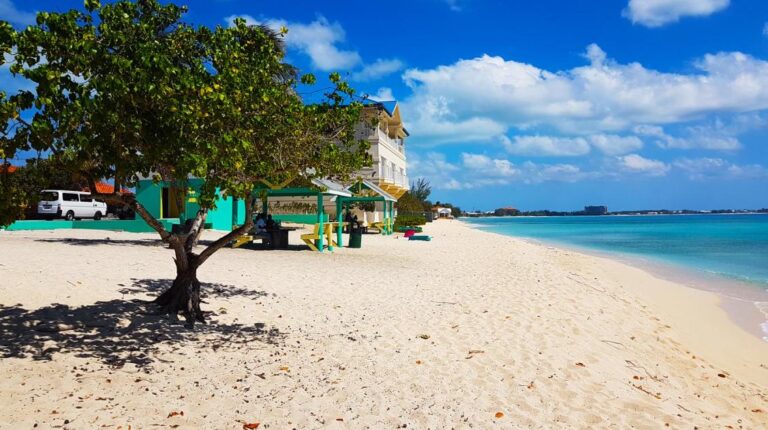In the heart of South Africa, a 300-square-mile wilderness teems with wildlife. It is home to some of the world’s most endangered species like lions of the Sabi Sand, including cheetahs. And it is one of the most exclusive places on earth—you have to be invited by one of its members to enter this exotic reserve, but once you are inside, it feels like you have been transported into another dimension.
The entrance gate is guarded by a team of armed guards who look for any signs of danger before allowing you through. As soon as you get past that checkpoint, you’ll enter an otherworldly landscape that’s home to hundreds of lions of Sabi Sand roaming free across open plains and grasslands.
In addition to lions and cheetahs, this reserve is home to leopards, rhinos, elephants, buffalo (a type of African bison), giraffes and zebras—all roaming freely together in what feels like one big family. But what makes this particular reserve so special is its location: It sits on top of an underground river that flows beneath it—and thanks to the water table being so high here, each animal has access to water at all times!
The lions of the Sabi Sand: when lion feeding turns into feeding off lions
The lions of the Sabi Sand are a staple of safari tours in South Africa. The lions are known for their natural beauty and their prowess as hunters. However, it turns out that these lions have another side to them—that of prey. A recent study has shown that lion feeding can lead to a change in behaviour within the pride.
Many tourists who visit the Sabi Sand National Park take part in lion-feeding activities during their stay, but these activities can have unexpected consequences for the animals involved. The researchers observed that the practice of feeding lions by tourists has an effect on the way they behave.
What makes lions of Sabi Sand more aggressive?
Researchers found that after being fed by humans, the lions become more aggressive toward other predators and even toward each other. This behaviour could eventually lead to an increase in attacks on humans by these lions. The researchers recommend that tourists avoid feeding wild animals when they visit places like Sabi Sand National Park.
The lions of the Sabi Sand are some of the most famous in South Africa. They have been featured in countless documentaries and are renowned for their beauty, grace, and power. But what many people don’t know is that these lions are also capable of being incredibly dangerous—and they have been known to turn on those who feed them.

